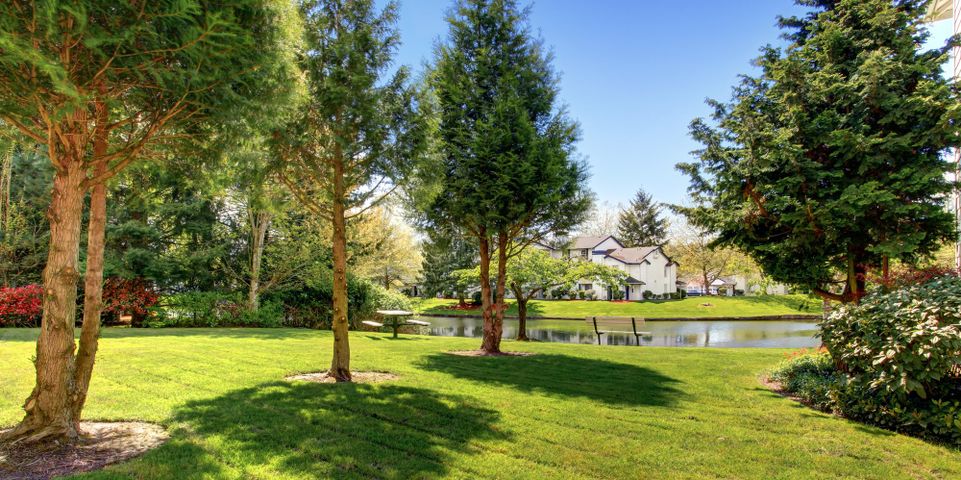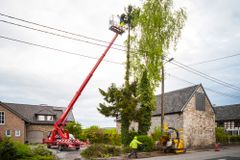3 Facts to Know About Pruning Trees

If you have trees on your property, it’s essential to maintain their branches and any overgrowth. At the right time, you’ll need to schedule tree trimming and pruning to keep them healthy and continue to thrive. Here is a guide to pruning trees correctly.
What to Know About Tree Trimming
1. Never Prune During Fall
In the fall, the tree starts to slow down. When you slice away a branch during this time, the tree will begin to grow and requires more nutrients. This abrupt demand can put a lot of stress on it, especially while it’s moving into dormancy for the colder weather. If you have a deciduous tree, later winter is a better time to schedule pruning since growth has ceased and the arborist will have a better view of branch structure.
2. Avoid Days With High Moisture
 After a tree trimming, there will be a number of vulnerable areas next to the cuts. When the weather is extremely moist, it promotes the growth of bacteria, which can easily attack the newly susceptible parts on the tree. Those microscopic particles can trigger diseases and create serious harm.
After a tree trimming, there will be a number of vulnerable areas next to the cuts. When the weather is extremely moist, it promotes the growth of bacteria, which can easily attack the newly susceptible parts on the tree. Those microscopic particles can trigger diseases and create serious harm.
3. Be Selective
Only prune the tree when it’s necessary, such as removing decaying branches that may fall or creating a path for more direct sunlight. Also, keep an eye out for branches that are growing in an odd direction, like straight upward, or too far downward—these may ensnare another branch or strike a pedestrian if they are left as they are.
Serving Oak Ridge, NC, Eldridge Arborist & Landscaping has become known as the area’s premier arborist. Whether you need a tree trim or a stump removal, the fully insured and bonded company is equipped to handle it. The family-owned and operated business takes pride in learning as much as they can about a tree’s current state before taking any course of action. To schedule a tree trimming or removal, call (336) 423-7133. Learn more about the company by visiting their website.
About the Business
Have a question? Ask the experts!
Send your question

